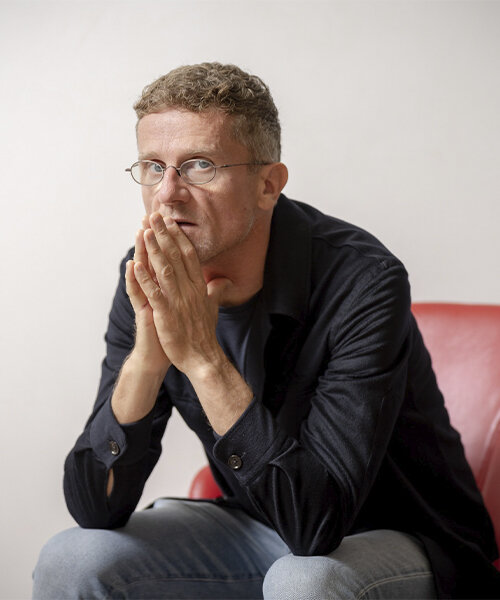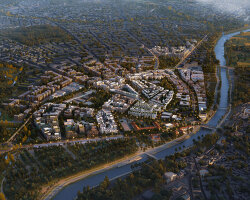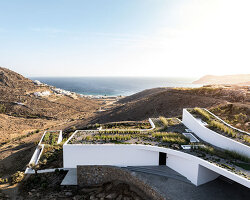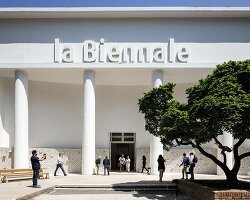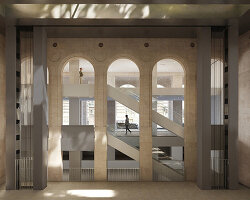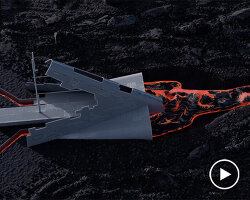carlo ratti unpacks 2025 theme of venice architecture biennale
The upcoming Venice Architecture Biennale brings to the table a multifaceted program where intelligence takes center stage. Curator Carlo Ratti unveiled the theme on May 7th, 2024, alongside the President of La Biennale di Venezia, under the title: Intelligens. Natural. Artificial. Collective. Referencing the term’ intelligence’ and incorporating the Latin word’ gens,’ meaning ‘people,’ the 2025 program will delve into various dimensions of intelligence and the urgent need to harness each distinct form to spearhead solutions for the pressing challenge of climate change. ‘We wanted to create a clarion call for architects and designers to think big, think together, and think of the future as a unified, interconnected whole,’ the curator tells designboom. Ahead of the program, we reached out to Carlo Ratti who thoughtfully unpacked the meaning behind each form of intelligence and the role of architecture in helping us protect our future on this planet. Read the full interview below.
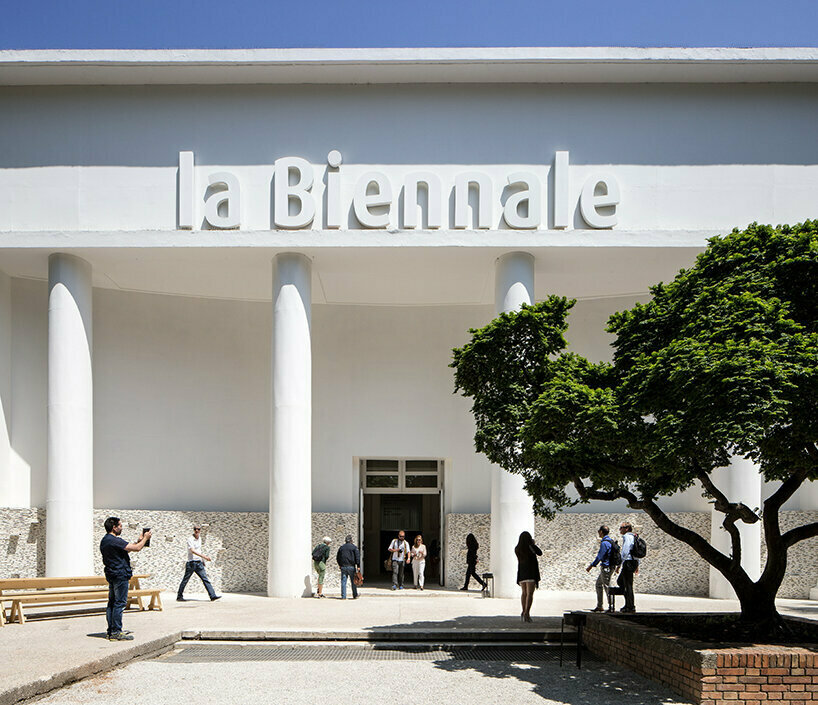
image © Francesco Galli, courtesy La Biennale di Venezia
interview with the curator on various forms of intelligence
designboom (DB): Walk us through your approach to the choice of theme for the 2025 Venice Architecture Biennale. How did the idea of a single title, instead of the usual bilingual approach, come about?
Carlo Ratti (CR): The title Intelligens is linked to the modern term ‘intelligence,’ but it also evokes a wider set of associated meanings. In fact, the final syllable, ‘gens’ is Latin for ‘people’. A new, fictional root emerges, suggesting a future of intelligence that is inclusive, multiple, and imaginative beyond today’s limited focus on AI. By choosing a single word we hoped to transcend linguistic boundaries and engage a global audience in a shared dialogue. We wanted to create a clarion call for architects and designers to think big, think together, and think of the future as a unified, interconnected whole.
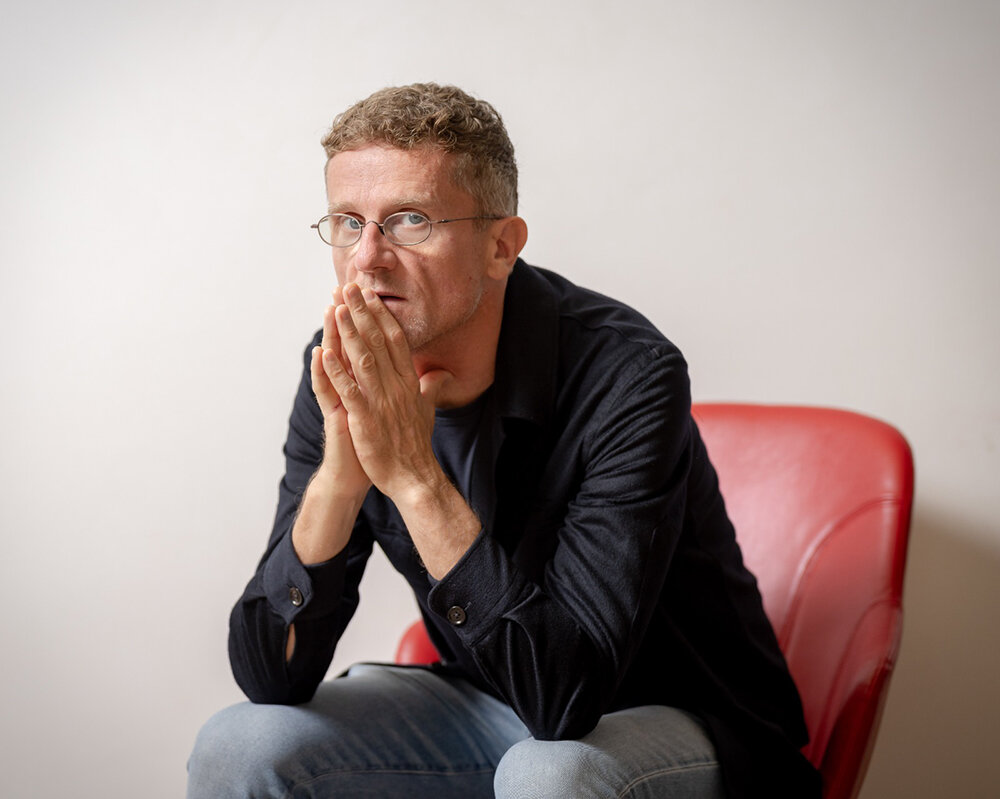
Carlo Ratti, Curator of Biennale Architettura 2025 | image © Andrea Avezzù, courtesy La Biennale di Venezia
DB: The theme is driven by three different types of intelligence: Natural, Artificial, and Collective. Could you elaborate on the meaning of each?
CR: Many different forms of intelligence are needed to protect our planet and create more resilient urban environments. Natural intelligence means taking inspiration from natural processes and ecosystems – these mechanisms, developed over millennia by the process of evolution, are some of the best solutions for self regulating and continual adaptation. Translating natural intelligence into the built environment includes biomimicry to create buildings that are more cohesive with their surroundings. Turning to artificial intelligence, this section of the exhibition will look at the rapidly advancing realm of machine learning, data analytics, and computational design, and how these technological innovations can, and already are, changing the practice of architecture. Now is the time to carefully consider the impact of artificial intelligence, and to decide how to best employ it to benefit humanity and the natural world.
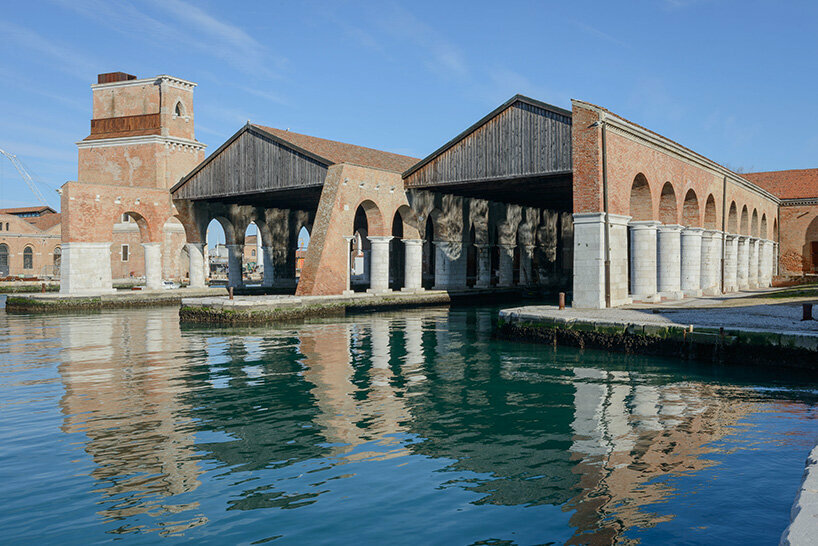
Carlo Ratti will explore various forms of intelligence at the 2025 VAB edition
image © Andrea Avezzù, courtesy La Biennale di Venezia
Finally, collective intelligence is about collaboration. Since the beginning of time, architecture without architects has been finding sustainable solutions—communal action shaped by the pressure of the environment. Collective intelligence is a story of adaptation—working with nature and not against it. By examining how we can draw on the collective intelligence of humanity, we can seek solutions beyond the 20th-century idealization of the ‘star-architect’. This goal is also part of why we have launched the ‘Space for Ideas’, a platform where anyone can submit a project, idea, or thought to the Biennale for potential inclusion in the exhibition.
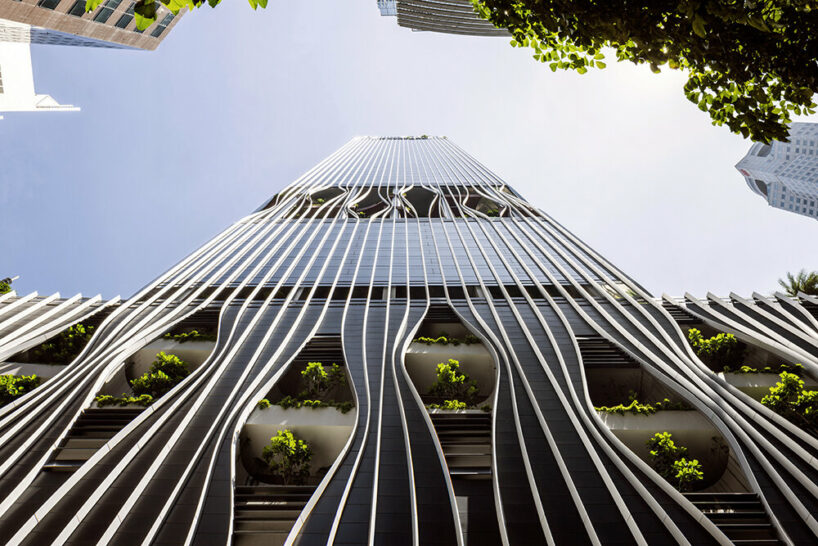
CapitaSpring in Singapore | image © Finbarr Fallon
DB: You mention a future where objects, buildings, and urban plans will include a combination of all three. How do you envision this happening?
CR: I would like to position the synergy between these forms of intelligence as a new methodology for architecture and design – one where designs all take inspiration from these polyvalent sources.
DB: You describe architecture as one of the main ‘culprits’ of our climate crisis. Reflecting on our current reality, what building practices and ideologies should we abandon and / or amplify? And why?
CR: Architecture is indeed a major player in our climate crisis, responsible for nearly 40% of global carbon emissions through construction and building operations. To minimize our consumption of resources and production of emissions, we have to abandon a linear economy model and instead turn to techniques like adaptive reuse and performance-based design. Adaptive reuse has been key to many of our projects throughout the decades, but now we are advancing it even further through the use of advanced scanning and modeling techniques that allow us to seamlessly integrate new elements into existing structures.
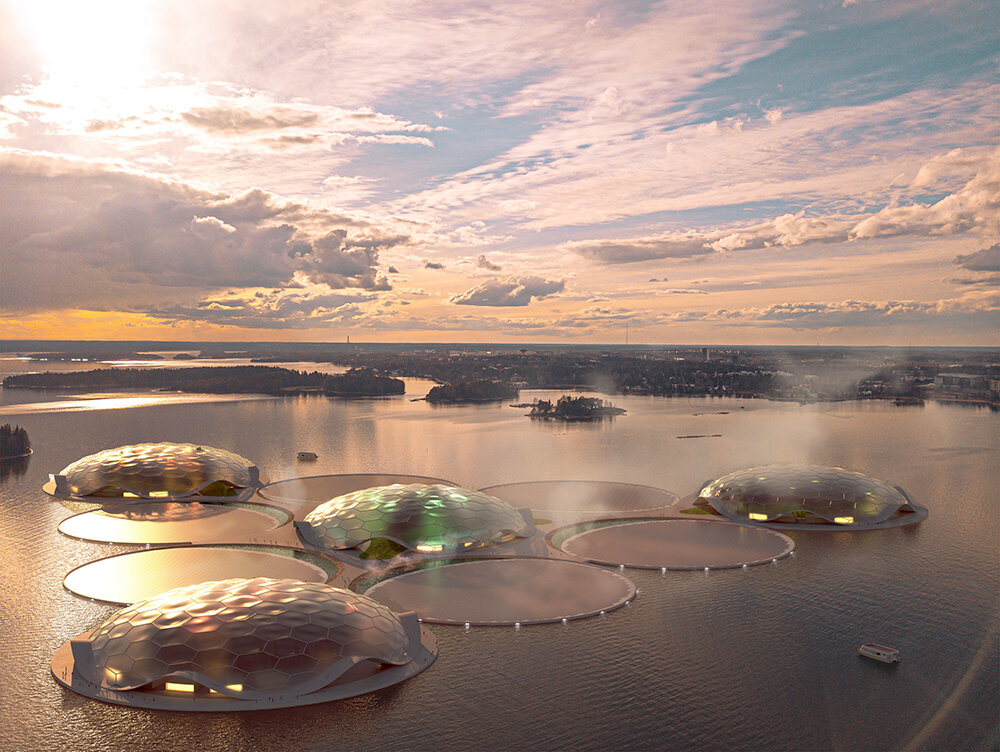
Helsinki Hot Heart | render © Carlo Ratti Associati
DB: With vernacular and traditional practices becoming integral solutions to present-day design, where does ancestral intelligence fall in the spectrum of the chosen theme?
CR: Ancestral intelligence certainly falls within the definition of collective intelligence – vernacular and traditional practices are key elements of sustainable and resilient design. Think of the elegant mashrabiyyas of Islamic architecture, with their natural ventilation, or traditional Mediterranean buildings made of thick stone coated in white plaster to reflect the sun’s rays. Incorporating ancestral intelligence into contemporary design means amplifying these practices with modern techniques and materials – and blending different intelligences together.
DB: Beyond what was discussed and shared, what do you hope visitors will take away from the 2025 Venice Architecture Biennale?
CR: When it comes to mitigation and adaptation to a warming planet, architecture is our hope.
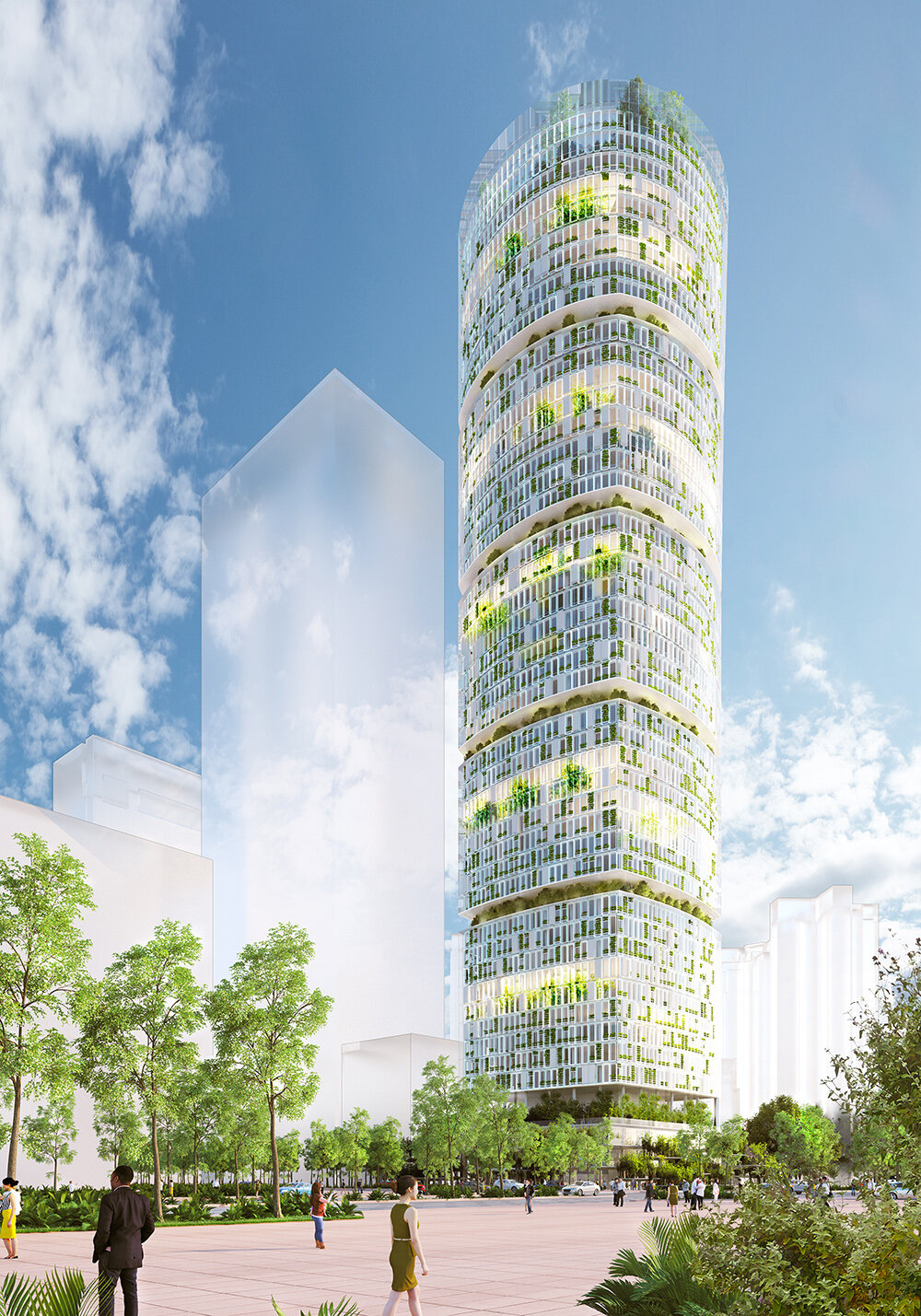
Jian Mu Tower | render © Carlo Ratti Associati
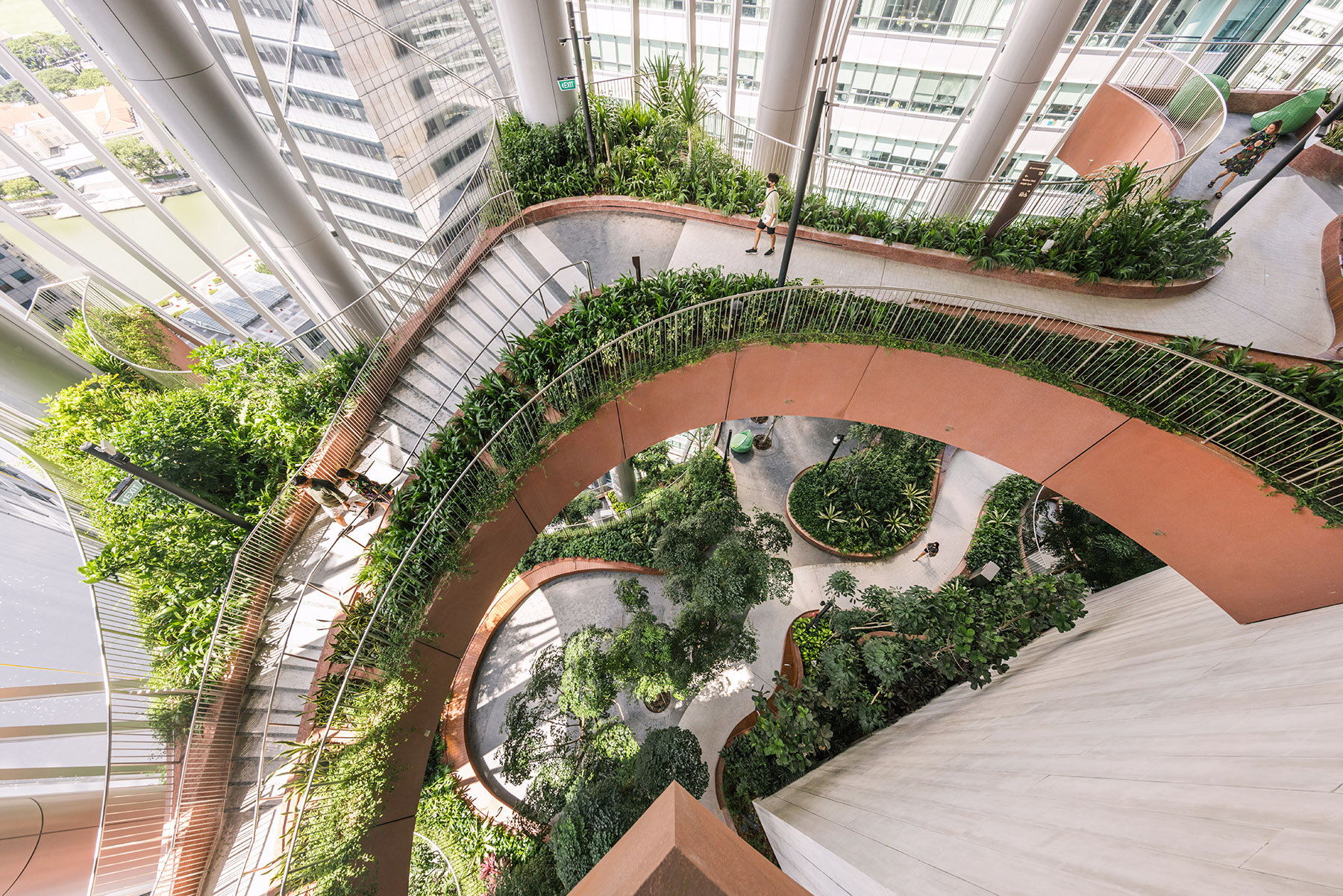
CapitaSpring in Singapore by CRA | image © Finbarr Fallon
project info:
interviewee: Carlo Ratti | @crassociati
program: 19th International Exhibition – La Biennale di Venezia | @labiennale
exhibition dates: May 10 – November 23, 2025
